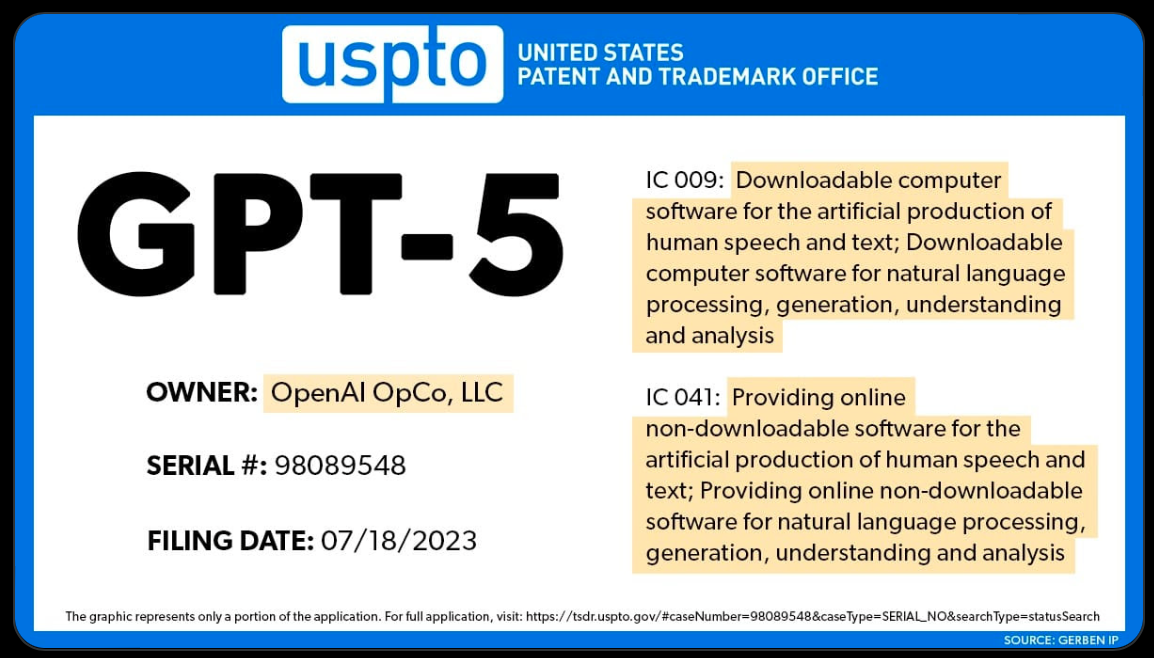A leading artificial intelligence research lab OpenAI is rumored to be working on its next-generation AI chatbot – ChatGPT-5. A recent tweet by developer Siqi Chen hinted at the possible release of this new iteration by the end of 2023.
Features and Capabilities
ChatGPT-5 is expected to be a groundbreaking model, aiming to reach the level of artificial general intelligence where it can execute intellectual tasks similarly to us, humans. This would signify a considerable advancement in AI technology.
Diving deeper into its features, ChatGPT-5 promises to be a truly multimodal AI. It will handle diverse data types such as text, audio, images, video, and more. It plans to merge data streams from these varied sources to gain a more thorough grasp of contexts.
OpenAI has a proven track record of developing state-of-the-art models, with previous achievements including CLIP for vision analysis and DALL·E for image generation. Building on these, the upcoming ChatGPT-5 aims to introduce long-term memory support, enabling the AI to retain information over longer durations, resulting in a more tailored user experience.
OpenAI is also focused on enhancing the model’s conversational abilities. The goal is to minimize errors, aiming for less than 10% hallucination, and to deepen the AI’s understanding of context, nuance, and emotion. This would translate into more human-like responses, positioning ChatGPT-5 as a powerful tool across various sectors, from customer service to education.
Trademark Filings and Speculations
While the buzz surrounding ChatGPT-5 is growing, it’s essential to treat some of this information with caution. A recent trademark application by OpenAI for “GPT-5” as a “downloadable computer software for using language model” was spotted, but this doesn’t guarantee an imminent launch. Trademark filings can often be strategic, intended to stay ahead of competitors or to protect intellectual property.
This application follows similar descriptions used for prior models like GPT-4 and GPT-3.5. While the filing points to potential features such as natural language processing, speech recognition, and the development of neural networks, it’s worth noting that many of these capabilities are already present in the GPT-4 model.
In the immediate future, OpenAI might prioritize improving the existing GPT-4 model, enhancing its features through plugins, custom instructions, and other tools.
Conclusion
ChatGPT-5 promises to be a leap forward in the world of AI. While its release by the end of 2023 could be transformative, it’s vital to await official announcements from OpenAI regarding its capabilities and launch date. Until then, there’s a possibility that OpenAI (along with Microsoft) may prioritize refining and expanding the capabilities of their current models over introducing entirely new ones.
Read more related topics:
